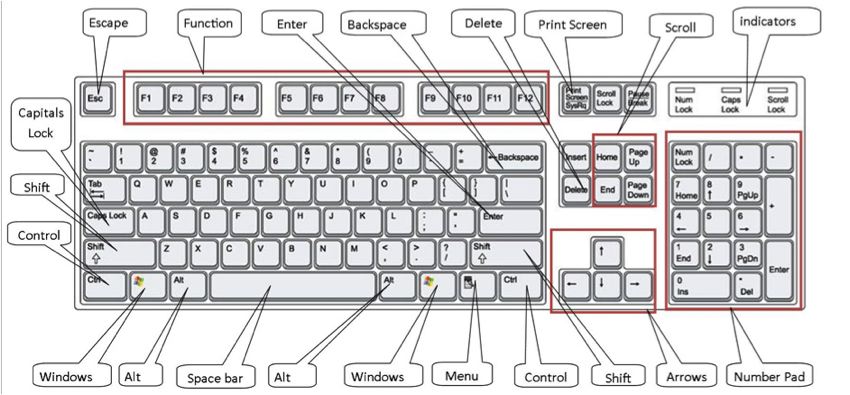
Before getting started
- Write down important information from the of the processor such as the Model Number, Serial Number, and specifications.
- Ensure you are familiar with ESD and its potential dangers.
- When physically installing the processor, ensure the computer is off and that the power is disconnected.
Remove previous processor
If a processor is already installed in the computer it must be removed before a new processor can be added.
If the processor is a socket processor and has an attached heat sink, it must first be removed before the processor can be removed. Most socket heat sinks have a wire to supply power to the fan, first remove this wire. Next, you should notice clips on either side processor holding it in place. Pressing down on the larger end of the clip and then moving the clip away from the processor should release one end of the clip allowing for the heat sink to be removed.
Once the socket heat sink has been removed, if your processor is a ZIF processor, remove the socket processor by locating a small arm on one of the sides of the processor. This arm is a small metal bar. Moving this bar from a horizontal to a vertical position will release the processor.
If your processor is a LIF processor you need a processor and chip remove tool to remove the processor. If you are adding a new processor it is likely that this tool is included with the processor. If not, it can be purchased at a local computer shop or computer retail store. Place this tool between the processor and the socket and gently work the processor out of the socket, doing a little on each side of the processor at a time. When doing this, be careful not to bind or break any of the pins.
If your processor is a slot processor, the heat sink does not need to be removed and in most cases cannot be removed. To remove a slot processor, locate two tabs on either side of the processor. Move these slots to the outward position and the processor should be able to be removed by vertically pulling it out.
Install processor
Once no processor is currently installed in the computer, follow the steps below for installing your processor.
Socket Processor
If you are installing a ZIF socket processor into the computer, begin first by moving the metal arm located on one of the sides of the socket to a vertical position. Next, examine the top of the processor that should have a small dot in one of the corners. This dot indicates where pin one is located on the bottom of the processor. Next, examine the socket on the motherboard; this socket should have a missing hole or should have a 1 indicating pin one. Position the processor so both pin1 and hole1 match and then place the processor down.
If properly positioned, now when moving the metal arm to the down or horizontal position it should firmly connect the processor.
If you are installing a LIF socket processor, first examine the top of the processor and locate pin one, located with a small white dot. Once pin one has been located, look at the socket and locate pin one on the socket on the motherboard. Pin one on the socket will be located by either looking for a missing hole on the socket itself or by looking for a small one next to one of the four corners.
Once the pins have been aligned properly, gently press the processor into the socket until it is firmly attached.
Slot Processor
Finally, if you are installing a slot processor, first move the tabs on either side of the support brackets to the outward position. Next, install the processor by pressing the processor into the slot. Once successfully installed into the brackets the two tabs should snap into place.
Apply heat compound
It is recommended if your computer processor is a 200MHz or higher and does not already contain a processor heat sink that a heat compound or grease be applied between the processor and heat sink to help distribute the heat away from the processor.
Attach heat sink
Once the processor has been successfully installed and the heat compound applied, attach the computer heat sink to the processor.
Note: Users who have a socket processor, when attaching the heat sink clip, ensure not to scratch the motherboard with the clip. Also, when attaching the heat sink bracket to the plastic clip, be careful because if too much pressure is applied the plastic clip, it will break.

 If all your memory slots are occupied and you are not sure what memory to remove, use a third-party tool such as the onlineCrucial Memory scanner
If all your memory slots are occupied and you are not sure what memory to remove, use a third-party tool such as the onlineCrucial Memory scanner